The birth of television has been more than 90 years. In the long history of its evolution, people feel the deepest is the continuous change of their display technology, which brings round of visual feast. Light and color become more and more true, details and dynamics become clearer. But while you are reveling in the display screen, don't forget the form of the TV that evolved with the screen. It is also an important element that makes us enjoyable on television. What we are going to discuss today is an important part of the TV set - the base.
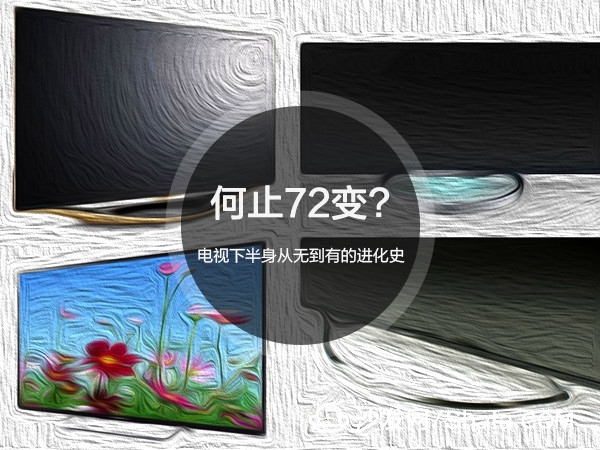
The evolution of television bases can be roughly divided into such processes as “from nothing, from being to being, from being to being fine, from being to being simpleâ€.
The behemoth of the CRT era
Most of the CRT TVs at the beginning did not have a pedestal. Later, they gradually had some "sitting bases" and "invisible pedestals." Because the internal components of CRT TVs are relatively large, especially the longitudinal and horizontal spans of vacuum tubes and electron guns are relatively large. Causes the TV to look cumbersome, and rivers and lakes called "big head TV." At that time, the base of the TV was basically integrated with the TV body, or the extra bottom was highlighted. Mainly functional requirements, and the TV is so cumbersome, there are usually very few people to move it, so the base to do more solid, solid better.

The "stand-up from the ground up" pedestal is the Sony TV of the 90s of the last century. The average weight of the 34-year-old guy is 90 kg. The bottom of the TV is a flat one, because it is too heavy and not enough pressure. Of course, afterwards, for the sake of beauty, there was an additional "small step" underneath, but it didn't look much different. If a guy with such a large body weight wants to give it a unique base, it is estimated that it is out of place.
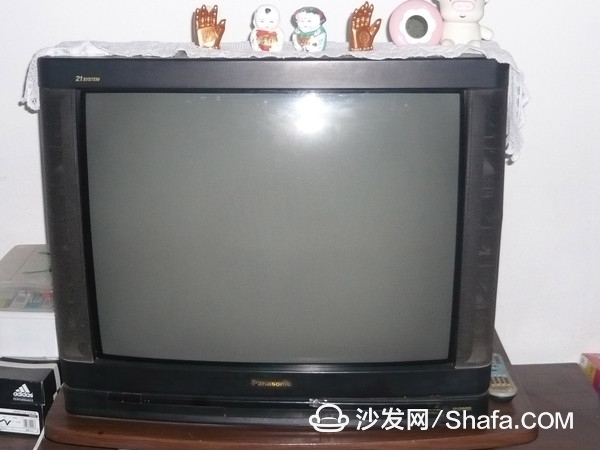
Of course, this is not only the case of Sony's long-term leader. At that time, Panasonic TV was the same as Sony's tit for tat. It is hard to imagine that the homogenization of TV products was so many years ago. Nowadays, the all-too-broad internet companies are just a generation after generation. But to tell the truth, on the level of technology and craftsmanship of that era, it would not be easy to make TVs. Whoever is calling CRT TVs is overweight?

The CRT TVs of the 1990s were basically the same, and manufacturers did not even think about how to shape the base. Although in the middle a stranger like the Hitachi TV has grown up to four feet long at the bottom of the TV (this style was very popular in China, my first TV was so long), but looking at the entire television product line, almost It is also the difference between the brothers.
Plasma TV finally set up
Until the advent of plasma TVs in the early 20th century, television finally stood up. One of the most important reasons for this phenomenon is that plasma TVs are much lighter. It is the first generation of self-luminous display technology. Without the huge internal structure like an electron gun, most of the space can be left to the screen. Speaking of plasma, 70 and 80 generations are still estimated to have a very deep plot. The stunning visual impact brought by self-luminescence makes people never forget, even if this is an electric tiger and its life is not long.
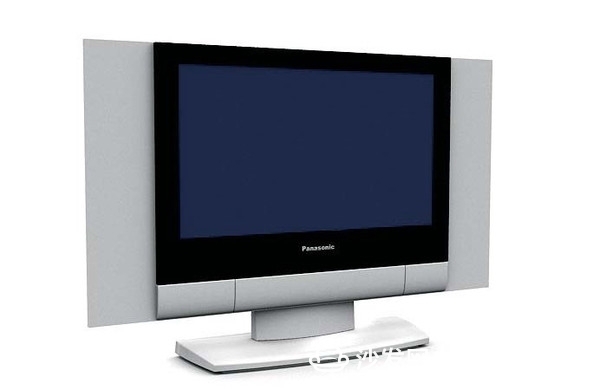
The beginning of the plasma TV, the base design still follows some elements of the CRT era, such as still clunky, in order to maintain the stability of the TV, the base and the desktop contact area is very large, and is still square.
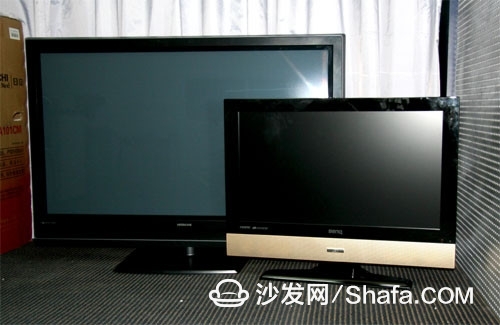
Later, the design aesthetic consciousness of the manufacturers began to take shape. As plasma TVs have also taken a small step toward becoming lighter and lighter, stability has not become a major burden on the development of television bases. Disc-shaped bases, smaller areas of single-point support, rotatable bases with adjustable angles of inclination all appear one after the other. Thinning brings more design possibilities. Of course, this time of whimsy is only a preliminary exploration.
The rear-projection era with "TV cabinet"
On the basis of ordinary color TV, projection TV with projection technology has also been extremely popular, but it is also a flash in the pan. The rise of the 1980s, and then quickly abandoned by LCD TVs in the long history. The reason why it will be eliminated is similar to that of plasma TVs, with high costs, technical walls, and price wars. And it doesn't have the excellent visual experience of plasma.

What is the base of rear projection TV? I think back-projection TV is impossible to talk about the design of the base, if you must call the guy who thinks of the TV cabinet as a base, then there is another explanation, half the volume of the rear projection TV is the base.

This kind of bottom design also has the advantage that the screen part can be made extra large and the frame is very narrow, so that the audio with volume requirements is placed on the bottom to obtain more space. But from the side you will be stunned and its thickness will return to the CRT era.
A flourishing era of LCD
The rise of LCD TVs has changed the status quo that TV stands have no sense of design. It can be said that it is the most successful change in the history of display technology so far. It brings more excellent color experience and a more compact product structure. Flat-panel TVs have since unstoppable.

LCD TVs and plasmas are almost blooming in the same period. Early LCDs couldn't make big screens, plasmas couldn't make small screens, and there was almost no price gap, but the extremely high plasticity of liquid crystals destined to replace plasma eventually. With the development of LCD technology, it has produced a lot of varieties, sizes are getting larger and thinner.
Although the appearance of LCD TV screens has not been changed so far, the homogeneity of appearance has indeed become more and more serious. Even if you do not look at the brand logo, it is difficult to identify which product is, but people are eager for fashion and beauty. In the designer's hands became a variety of base design, which makes LCD TVs have new possibilities.
Let's take a look at the patterned bases on the television in the LCD era.
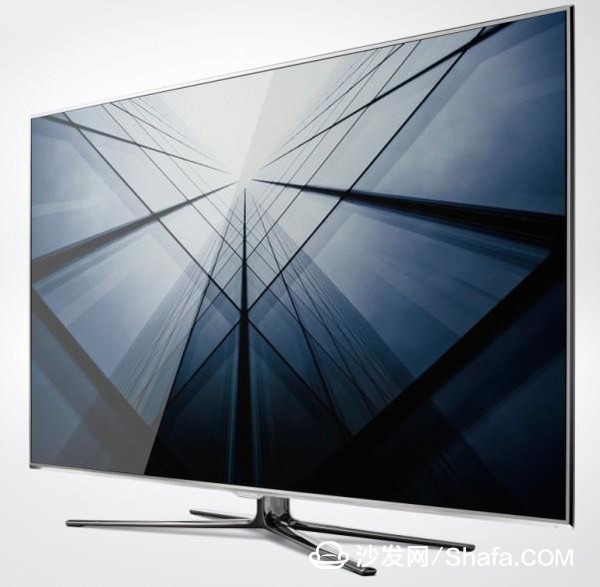
X-shaped base. This design first came from Samsung and was later promoted by domestic manufacturers. This kind of design is consistent with the thinness and narrowness of the TV screen, while taking into account the stability. The lines are outstanding, and the use of metal materials makes the TV look very good.

Boat-shaped base U-shaped base round base. This curved base has also been used in many TVs so far, and the curve has brought a soft touch, which makes the TV look less stiff and contrasts with the square TV screen, bringing a conflict of visual effects.

Wenzhen shaped base. This pedestal has the same shape as the Chinese stationery town, except that the television screen is embedded in the middle. It seems simple and rigid in style, showing the minimalist art form.

Circle solid base. The square or circular solid base looks conservative, but it gives people a firm feel, no exaggeration or fancy, but it still has a little sense of design.
Simple rear LCD and OLED era
LCD TVs have been developing for more than a decade. The form of the TV has also undergone various attempts. In the post-LCD era and the OLED era, the base of the TV was calmed down. The development of television bases has become more and more simple and sophisticated in recent years. Many designs even intentionally hide the base, allowing users to focus on the strong visual impact of the TV screen.
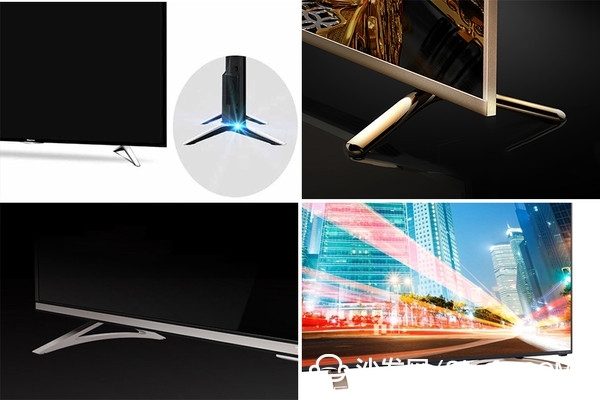
Flooded dual V base. The double V-shaped base is believed to be common, I do not know whether it is design inspiration exhausted, or in order to save costs and apply a mold, anyway, TVs of many manufacturers will use double V-shaped base regardless of the high and low end, there are some subtle differences , But the study is still somewhat visual fatigue.
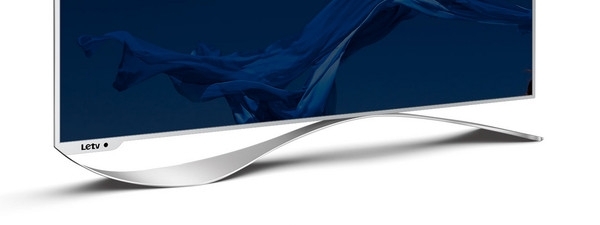
Cloud base. The concept of cloud base comes from LeTV. Stylish asymmetrical streamline design, the bottom of the triangular hole design to increase the bearing body weight and strength, so that the TV placed beautiful and stable.
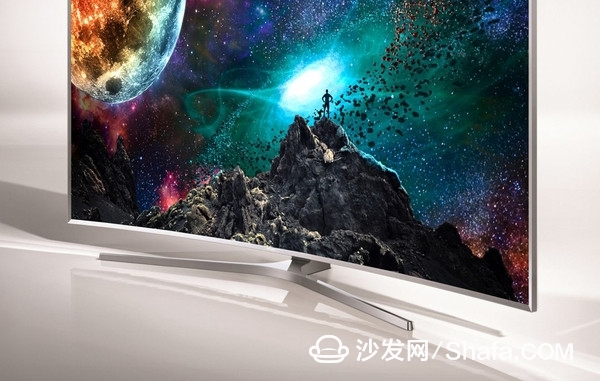
Curved base. The curved base was introduced before, but now it is curved base of curved TV. Its representative is Samsung's SUHD TV. The curvature of the pedestal is almost the same as the curvature of the screen, making the TV look very holistic from any angle.
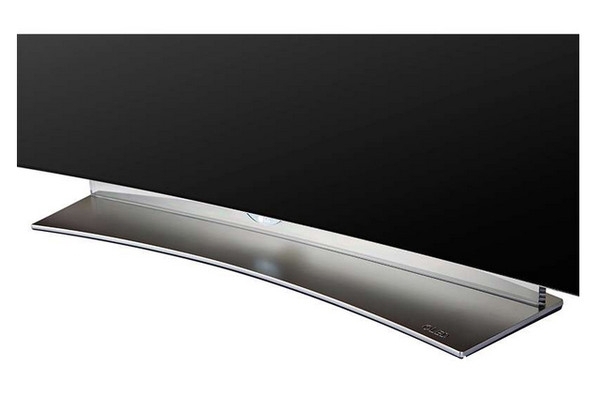
Suspended base. The OLED TV has a thinner and lighter screen body, and the design of the floating base makes the OLED television technology sense burst. Among them, LG's flagship OLED TV in 2015 is a transparent bracket connected to the metal and TV screens. The TV looks like it is suspended in the air. The smooth metal lines give the base a strong sense of line, which is solid and stylish. The base is completely born for design.
From the CRT era to the era of liquid crystal and OLED, the development of TV stands has progressed together with display technology, craftsmanship, and people's aesthetic awareness. Both CRT and rear-projection TVs have a large body, and all the functions of the pedestal are just for "load-bearing", that is, the structure of the TV. In that era, television was still a new thing, and the design of the consumer electronics industry had just begun. Followed by plasma and LCD TVs quickly occupy the TV market with lightning speed, a more light-weight product form, a larger area of ​​the screen ratio, aroused people's desire for home appliances "beauty", TV base began to appear More structure, with more decorative attributes. Until the post-LCD era and the OLED era, the development of television has entered a new peak period. The decorative attributes of television have been upgraded to a new height. Styled products have begun to appear, and the simple and elegant style has been increasingly used by consumers. Like most of the base design began to have connotations.
However, current television products are also facing the problem of morphological convergence. It seems that the design of television has encountered a bottleneck, and the plagiarism between them has become more and more serious. The companies that really have the ability to innovate in design are often the same as before. . I think if TV's "upper body" is really nothing to design, then create fashion in its "lower body."

The evolution of television bases can be roughly divided into such processes as “from nothing, from being to being, from being to being fine, from being to being simpleâ€.
The behemoth of the CRT era
Most of the CRT TVs at the beginning did not have a pedestal. Later, they gradually had some "sitting bases" and "invisible pedestals." Because the internal components of CRT TVs are relatively large, especially the longitudinal and horizontal spans of vacuum tubes and electron guns are relatively large. Causes the TV to look cumbersome, and rivers and lakes called "big head TV." At that time, the base of the TV was basically integrated with the TV body, or the extra bottom was highlighted. Mainly functional requirements, and the TV is so cumbersome, there are usually very few people to move it, so the base to do more solid, solid better.

The "stand-up from the ground up" pedestal is the Sony TV of the 90s of the last century. The average weight of the 34-year-old guy is 90 kg. The bottom of the TV is a flat one, because it is too heavy and not enough pressure. Of course, afterwards, for the sake of beauty, there was an additional "small step" underneath, but it didn't look much different. If a guy with such a large body weight wants to give it a unique base, it is estimated that it is out of place.

Of course, this is not only the case of Sony's long-term leader. At that time, Panasonic TV was the same as Sony's tit for tat. It is hard to imagine that the homogenization of TV products was so many years ago. Nowadays, the all-too-broad internet companies are just a generation after generation. But to tell the truth, on the level of technology and craftsmanship of that era, it would not be easy to make TVs. Whoever is calling CRT TVs is overweight?

The CRT TVs of the 1990s were basically the same, and manufacturers did not even think about how to shape the base. Although in the middle a stranger like the Hitachi TV has grown up to four feet long at the bottom of the TV (this style was very popular in China, my first TV was so long), but looking at the entire television product line, almost It is also the difference between the brothers.
Plasma TV finally set up
Until the advent of plasma TVs in the early 20th century, television finally stood up. One of the most important reasons for this phenomenon is that plasma TVs are much lighter. It is the first generation of self-luminous display technology. Without the huge internal structure like an electron gun, most of the space can be left to the screen. Speaking of plasma, 70 and 80 generations are still estimated to have a very deep plot. The stunning visual impact brought by self-luminescence makes people never forget, even if this is an electric tiger and its life is not long.

The beginning of the plasma TV, the base design still follows some elements of the CRT era, such as still clunky, in order to maintain the stability of the TV, the base and the desktop contact area is very large, and is still square.

Later, the design aesthetic consciousness of the manufacturers began to take shape. As plasma TVs have also taken a small step toward becoming lighter and lighter, stability has not become a major burden on the development of television bases. Disc-shaped bases, smaller areas of single-point support, rotatable bases with adjustable angles of inclination all appear one after the other. Thinning brings more design possibilities. Of course, this time of whimsy is only a preliminary exploration.
The rear-projection era with "TV cabinet"
On the basis of ordinary color TV, projection TV with projection technology has also been extremely popular, but it is also a flash in the pan. The rise of the 1980s, and then quickly abandoned by LCD TVs in the long history. The reason why it will be eliminated is similar to that of plasma TVs, with high costs, technical walls, and price wars. And it doesn't have the excellent visual experience of plasma.

What is the base of rear projection TV? I think back-projection TV is impossible to talk about the design of the base, if you must call the guy who thinks of the TV cabinet as a base, then there is another explanation, half the volume of the rear projection TV is the base.

This kind of bottom design also has the advantage that the screen part can be made extra large and the frame is very narrow, so that the audio with volume requirements is placed on the bottom to obtain more space. But from the side you will be stunned and its thickness will return to the CRT era.
A flourishing era of LCD
The rise of LCD TVs has changed the status quo that TV stands have no sense of design. It can be said that it is the most successful change in the history of display technology so far. It brings more excellent color experience and a more compact product structure. Flat-panel TVs have since unstoppable.

LCD TVs and plasmas are almost blooming in the same period. Early LCDs couldn't make big screens, plasmas couldn't make small screens, and there was almost no price gap, but the extremely high plasticity of liquid crystals destined to replace plasma eventually. With the development of LCD technology, it has produced a lot of varieties, sizes are getting larger and thinner.
Although the appearance of LCD TV screens has not been changed so far, the homogeneity of appearance has indeed become more and more serious. Even if you do not look at the brand logo, it is difficult to identify which product is, but people are eager for fashion and beauty. In the designer's hands became a variety of base design, which makes LCD TVs have new possibilities.
Let's take a look at the patterned bases on the television in the LCD era.

X-shaped base. This design first came from Samsung and was later promoted by domestic manufacturers. This kind of design is consistent with the thinness and narrowness of the TV screen, while taking into account the stability. The lines are outstanding, and the use of metal materials makes the TV look very good.

Boat-shaped base U-shaped base round base. This curved base has also been used in many TVs so far, and the curve has brought a soft touch, which makes the TV look less stiff and contrasts with the square TV screen, bringing a conflict of visual effects.

Wenzhen shaped base. This pedestal has the same shape as the Chinese stationery town, except that the television screen is embedded in the middle. It seems simple and rigid in style, showing the minimalist art form.

Circle solid base. The square or circular solid base looks conservative, but it gives people a firm feel, no exaggeration or fancy, but it still has a little sense of design.
Simple rear LCD and OLED era
LCD TVs have been developing for more than a decade. The form of the TV has also undergone various attempts. In the post-LCD era and the OLED era, the base of the TV was calmed down. The development of television bases has become more and more simple and sophisticated in recent years. Many designs even intentionally hide the base, allowing users to focus on the strong visual impact of the TV screen.

Flooded dual V base. The double V-shaped base is believed to be common, I do not know whether it is design inspiration exhausted, or in order to save costs and apply a mold, anyway, TVs of many manufacturers will use double V-shaped base regardless of the high and low end, there are some subtle differences , But the study is still somewhat visual fatigue.

Cloud base. The concept of cloud base comes from LeTV. Stylish asymmetrical streamline design, the bottom of the triangular hole design to increase the bearing body weight and strength, so that the TV placed beautiful and stable.

Curved base. The curved base was introduced before, but now it is curved base of curved TV. Its representative is Samsung's SUHD TV. The curvature of the pedestal is almost the same as the curvature of the screen, making the TV look very holistic from any angle.

Suspended base. The OLED TV has a thinner and lighter screen body, and the design of the floating base makes the OLED television technology sense burst. Among them, LG's flagship OLED TV in 2015 is a transparent bracket connected to the metal and TV screens. The TV looks like it is suspended in the air. The smooth metal lines give the base a strong sense of line, which is solid and stylish. The base is completely born for design.
From the CRT era to the era of liquid crystal and OLED, the development of TV stands has progressed together with display technology, craftsmanship, and people's aesthetic awareness. Both CRT and rear-projection TVs have a large body, and all the functions of the pedestal are just for "load-bearing", that is, the structure of the TV. In that era, television was still a new thing, and the design of the consumer electronics industry had just begun. Followed by plasma and LCD TVs quickly occupy the TV market with lightning speed, a more light-weight product form, a larger area of ​​the screen ratio, aroused people's desire for home appliances "beauty", TV base began to appear More structure, with more decorative attributes. Until the post-LCD era and the OLED era, the development of television has entered a new peak period. The decorative attributes of television have been upgraded to a new height. Styled products have begun to appear, and the simple and elegant style has been increasingly used by consumers. Like most of the base design began to have connotations.
However, current television products are also facing the problem of morphological convergence. It seems that the design of television has encountered a bottleneck, and the plagiarism between them has become more and more serious. The companies that really have the ability to innovate in design are often the same as before. . I think if TV's "upper body" is really nothing to design, then create fashion in its "lower body."